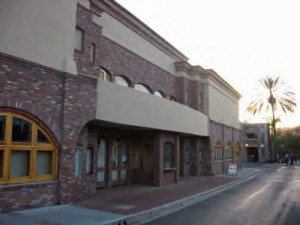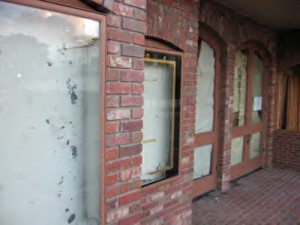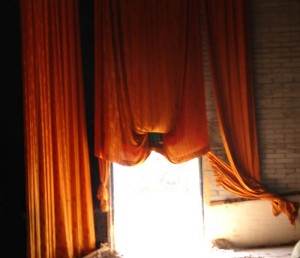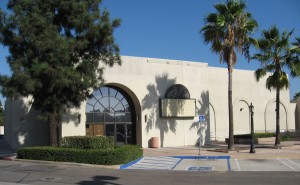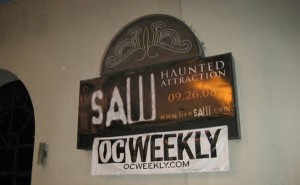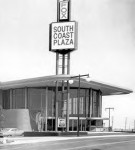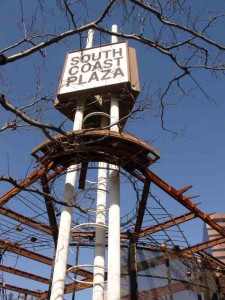Tags: Comments Off on Bay Theatre Update
Bay Theatre Update
May 13th, 2009 by
Respond
New Life For The Franciscan Plaza
May 8th, 2009 by
Respond
Tags: 2 Comments
Hollywood’s Independence Day
May 7th, 2009 by
Respond
Tags: Comments Off on Hollywood’s Independence Day
James Edwards II
April 27th, 2009 by
Respond
Tags: Comments Off on James Edwards II
San Juan Capistrano: Cinematic Trailblazer
April 16th, 2009 by
Respond
Tags: Comments Off on San Juan Capistrano: Cinematic Trailblazer
Last Exit
April 6th, 2009 by
Respond
Tags: Comments Off on Last Exit
Still Standing: The Brea Plaza
March 30th, 2009 by
Respond
Tags: 3 Comments
Fantasy & Failure With Jerry Lewis Cinemas
March 28th, 2009 by
Respond
Tags: 10 Comments
Escape To A Cool Movie
March 23rd, 2009 by
Respond
Prior to the 1920’s, movie going was more of a cool weather pastime, as the stuffy confines of theatre auditoriums didn’t particularly lend themselves to personal comfort during the summer months. With the arrival of hot weather, one was more likely to frequent the park or a ball game than the local cinema, sending box office receipts plummeting. Theatre operators attempted to overcome this issue through various gimmicks, such as the distribution of paper fans and free ice water (Anaheim’s Grand Theatre even advertised “perfumed” air, as a means of overcoming the unpleasantness that often accompanied an auditorium full of over-heated patrons), but the problem persisted until Willis Carrier introduced air conditioning to the industry in 1925.
First installed in New York City’s Rivoli Theatre, the new technology was initially met with skepticism, as movie goers attended a memorial day weekend test run with hand fans at the ready. However, by the end of the film, Paramount Pictures’ chief, Adolf Zukor, summed up the experience of air conditioning with, “Yes, the people are going to like it.” Within five years, Carrier had installed his system in an additional three hundred cinemas and the hot summer months had transformed in to the movie industry’s top grossing season.
Billed as everything from “refrigerated air” to “cool comfort”, air conditioning became a key marketing tool for cinemas, often appearing as prominently on marquees and in print advertisements as the features being shown. There might even be an argument made that air conditioning played a greater role in cinema’s mid twentieth century boom than the Hollywood machine that fueled the industry, as movie theatres stood as one of the few public outlets, that uniformly featured air conditioning, well in to the 1950’s.
While “AC” would begin to proliferate the urban landscape by the 60’s, becoming a standard feature in most businesses and even a common household amenity, cinemas remained a summer time staple. Even today, movie goers flock to theatres during the summer months; not only to escape in to a blockbuster film, but to escape from the heat in a “cool movie”.
Tags: Comments Off on Escape To A Cool Movie
The Westwood of Orange County
March 17th, 2009 by
Respond
Tags: 3 Comments

